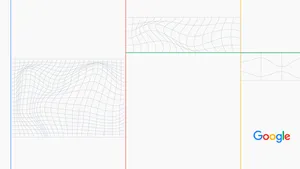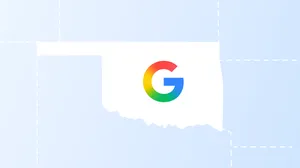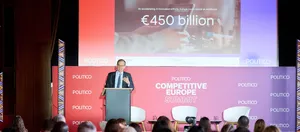Coming together to create a prior art archive
Patent quality is a two-way street. Patent applicants should submit detailed disclosures describing their inventions and actively participate in the examination process to define clear distinctions between their inventions and existing technology. Examiners reviewing patent applications should conduct thorough searches of existing technology, reject any attempts to patent existing technology, and develop a clear record of the differences between the patent claims and what came before. The more that the patent system supports and incentivizes these activities, the more reliable the rights that issue from patent offices will be, and the more those patents will promote innovation.
A healthy patent system requires that patent applicants and examiners be able to find and access the best documentation of state-of-the-art technology. This documentation is often found in sources other than patents. Non-patent literature can be particularly hard to find and access in the software field, where it may take the form of user manuals, technical specifications, or product marketing materials. Without access to this information, patent offices may issue patents covering existing technology, or not recognize trivial extensions of published research, removing the public’s right to use it and bringing the reliability of patent rights into question.
To address this problem, academia and industry have worked together to launch the Prior Art Archive, created through a collaboration between the MIT Media Lab, Cisco and the USPTO, and hosted by MIT. The Prior Art Archive is a new, open access system that allows anyone to upload those hard-to-find technical materials and make them easily searchable by everyone.
We’re proud to support the Prior Art Archive, and have devoted significant resources to this and other important quality initiatives. The Prior Art Archive is searchable through Google Patents, and all of the documents in the Archive have been labeled with Cooperative Patent Classification codes using Google’s machine learning models. The labels are a feature we rolled out in Google Patents to help make the most relevant technical materials easier to find. We’ve also recently launched a site accessible to the public and examiners, TDCommons, where companies can publish technical information they don’t want to patent free of charge.
We’re also excited to use AI and machine learning to take prior art searching to the next level. To this end, we’ve recently created an open ecosystem, the Google Patents Public Datasets, to make large datasets available for empirical public policy, economics, and machine learning research. We’re committed to developing and making available technology that improves patent quality, and ultimately strengthens our patent system.





